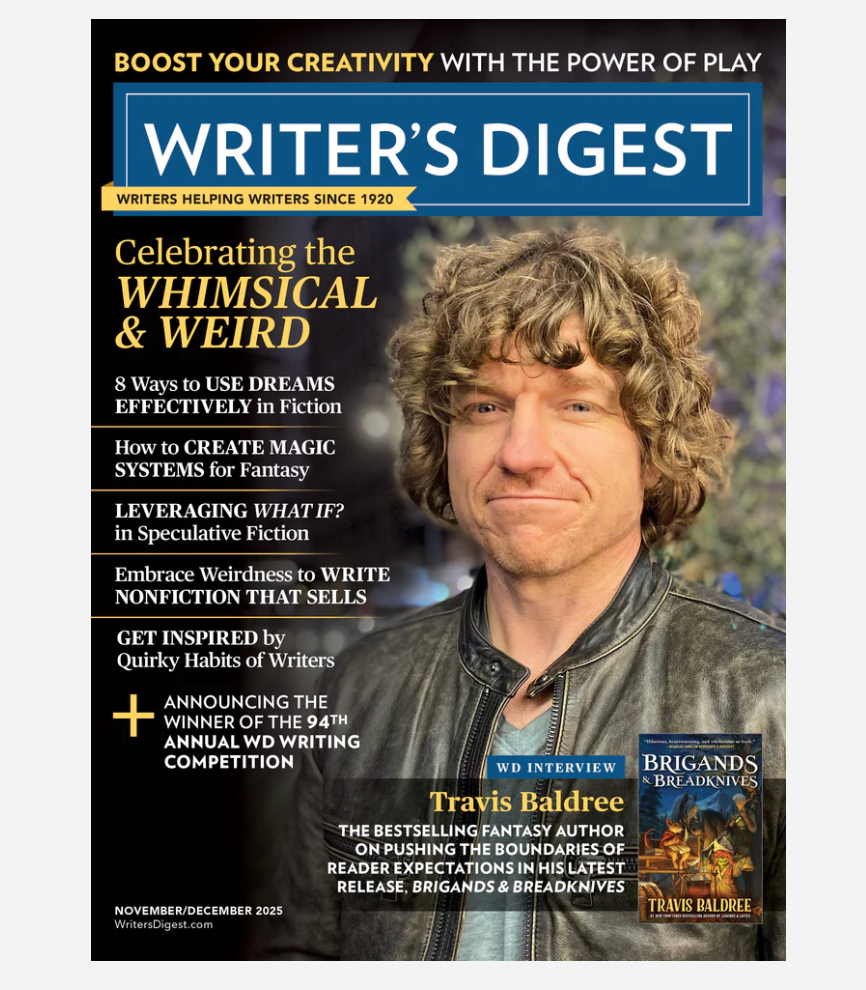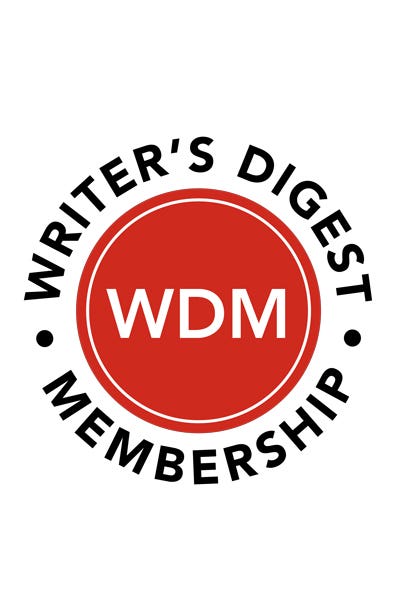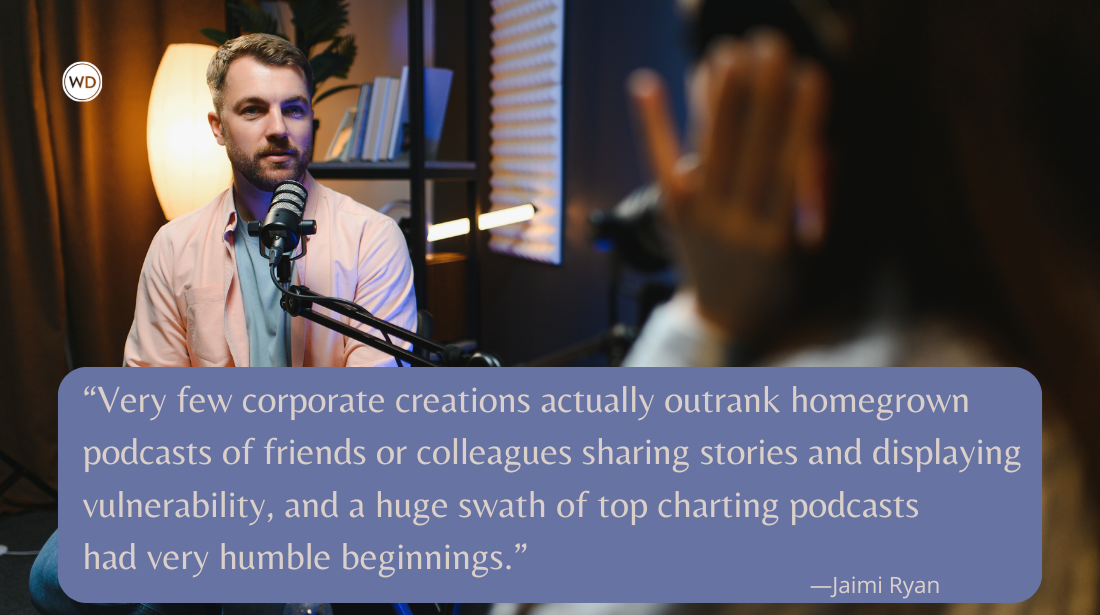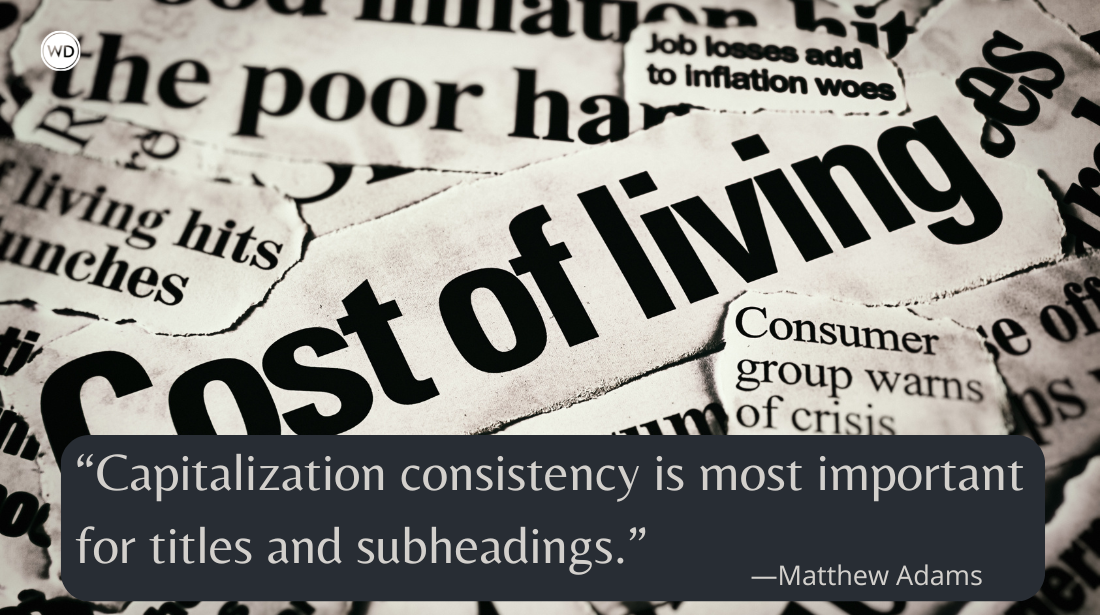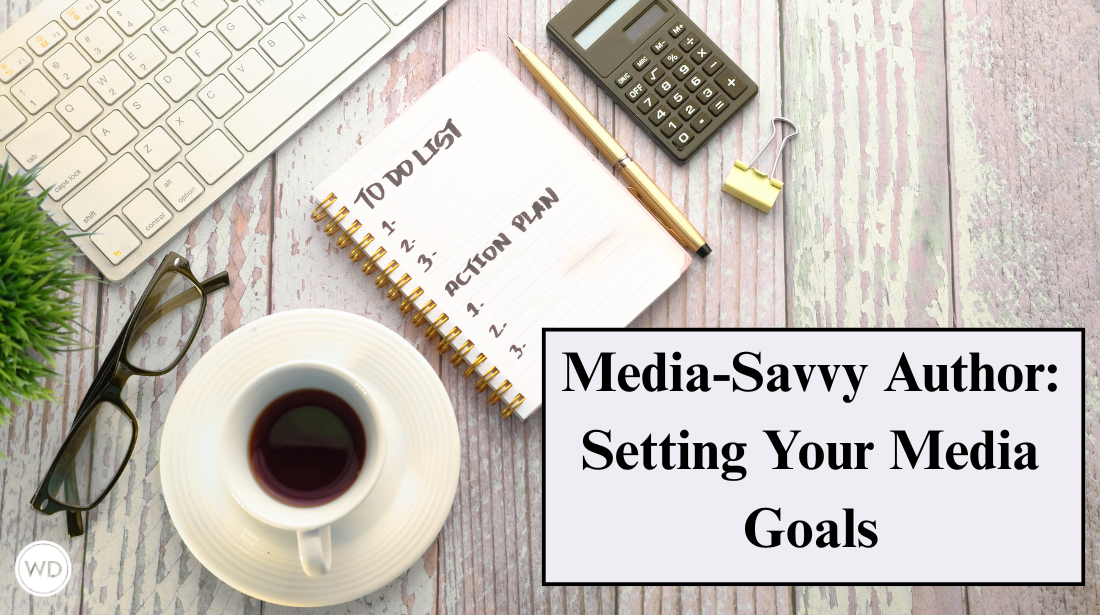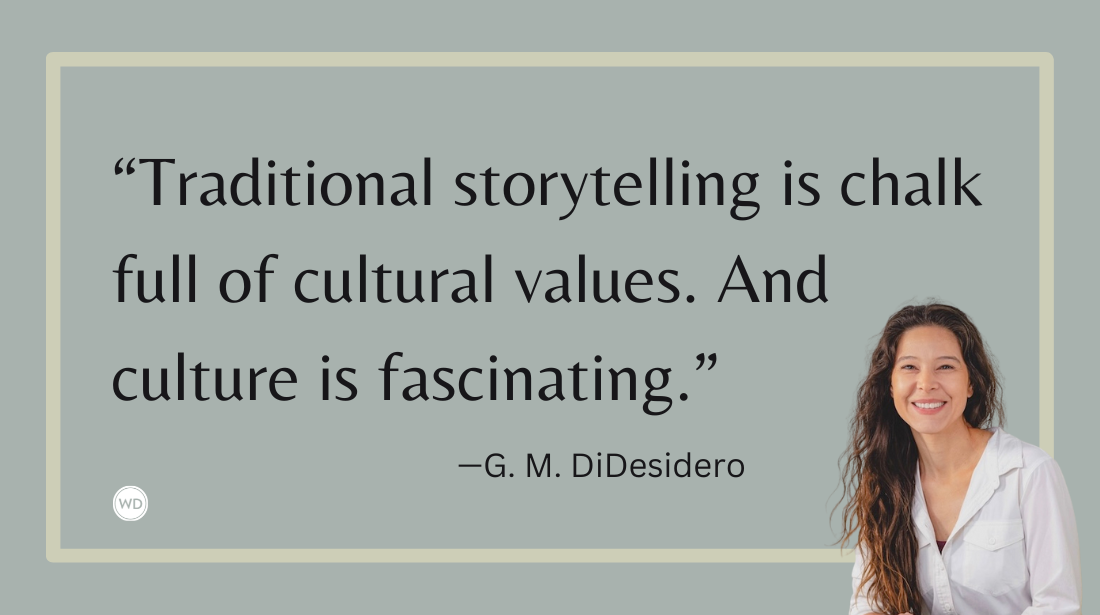How to Choose a Genre When Writing (Sometimes the Genre Chooses You)
Bestselling young adult author Catherine Ryan Hyde discusses her journey with genre and what caused her to explore outside the typical box.
I should probably start by saying that the question of target audience is never in my mind as I write a novel. I make sure it’s not. If I let it creep in, it will do nothing but trip me up.
A little background:
Sometime around 2006, I decided I had missed my true calling as a young adult author. Several observations conspired to help me form this conclusion:
- An editor pointed out to me that my coming-of-age characters were always the strongest thread in my adult books.
- I realized that, when asked what books and authors I admired, my mind went straight to the books I’d read as a young adult.
- I tend to enjoy reading young adult fiction to this day.
- I had found myself in search of what a woman at one of my book signings called “the freedom to be sincere.”
Yet after five novels with a Young Adult publisher, it became clear that the books weren’t quite finding their audience. A segment of mature teens enjoyed them, but they seemed most popular with adults. Maybe I really was writing Coming of Age fiction after all.
Those who write may think they know their target market. They may even feel they can shape the work to fit it. If this is true of you, you have more control over your creative process than I do. Even so, I humbly submit that you try letting your writing shape your target market instead and see what happens.
Here’s a notable example of me (and others) being wrong about genre: When I first wrote my novel Chasing Windmills, it was intended for a YA audience. It was written from Sebastian’s point of view only. And Sebastian is seventeen. I submitted it (through my agent) to my YA editor. She said she liked it but didn’t think it was YA. I revised and expanded it, adding Maria’s viewpoint. Maria is in her early twenties, has two children, and lives with an abusive boyfriend. That, of course, made it much more clearly adult. I presented it to my adult fiction editor (at the time), who accepted it. It was published in 2008. One of its first reviews was in School Library Journal, which labeled it “High school through adult.” In other words, it crossed over to YA. In other words, I don’t always know who I’m writing for.
And the real question is, should I? Or is that just a way of pushing the process around? As an author, is it really my business to predict who will spark to the work?
As authors, we all have to learn not to be reactive to public statements about our books. It’s really not our business what each reader thinks of them. Maybe, with this post, I’m just carrying the same concept another mile down the road.
Now I write coming-of-age adult novels that almost always contain one or more young characters. Because that’s what I like to write. Some say they cross over to a younger audience, but I try to stay out of that.
I’m pleased to say that my older Young Adult titles are enjoying a new chance to find their audience. Because the readers who have discovered me through my newer titles, such as When I Found You, are making their way through my backlist. But they are, for the most part, more mature readers.
This leads me to the point I most want to make about an author’s target market. When I write, my goal is to delve deeply enough into the human experience to find a sort of universality. Once you dig down underneath surface differences, we are all human beings. And all human beings want essentially the same things at our core. We want to love and be loved. We want to be safe. We want our loved ones to be safe. We want to feel that what we do with our lives has meaning.
If we can speak to this very human place in our readers, maybe it’s not so important that the main character is sixteen and the reader is sixty. Maybe it just matters that they’re both human. I guess it depends on how you approach being human when you write a book.
So in answer to the questions of writing multiple genres, and maintaining your audience as you do, I would say that my strategy is to write stories I think will appeal to humans.
I trust my readers to sort out the rest. After all, they are absolute world-class experts in what they like to read.
Catherine Ryan Hyde is the bestselling author of 27 published and forthcoming books. Some of her recent books include Worthy, The Language of Hoofbeats, Take Me with You, and Where We Belong. Her short stories have been published in Antioch Review, Michigan Quarterly Review, Virginia Quarterly Review, Ploughshares, Glimmer Train, and the Sun. She has received numerous awards, including the Rainbow Award and the British Book Award. Her bestselling 1999 novel Pay It Forward was adapted into a major motion picture and translated into 23 languages. Hyde is the founder of the Pay It Forward Foundation. For more information, please visit CatherineRyanHyde.com or connect with her on Twitter @cryanhyde.


